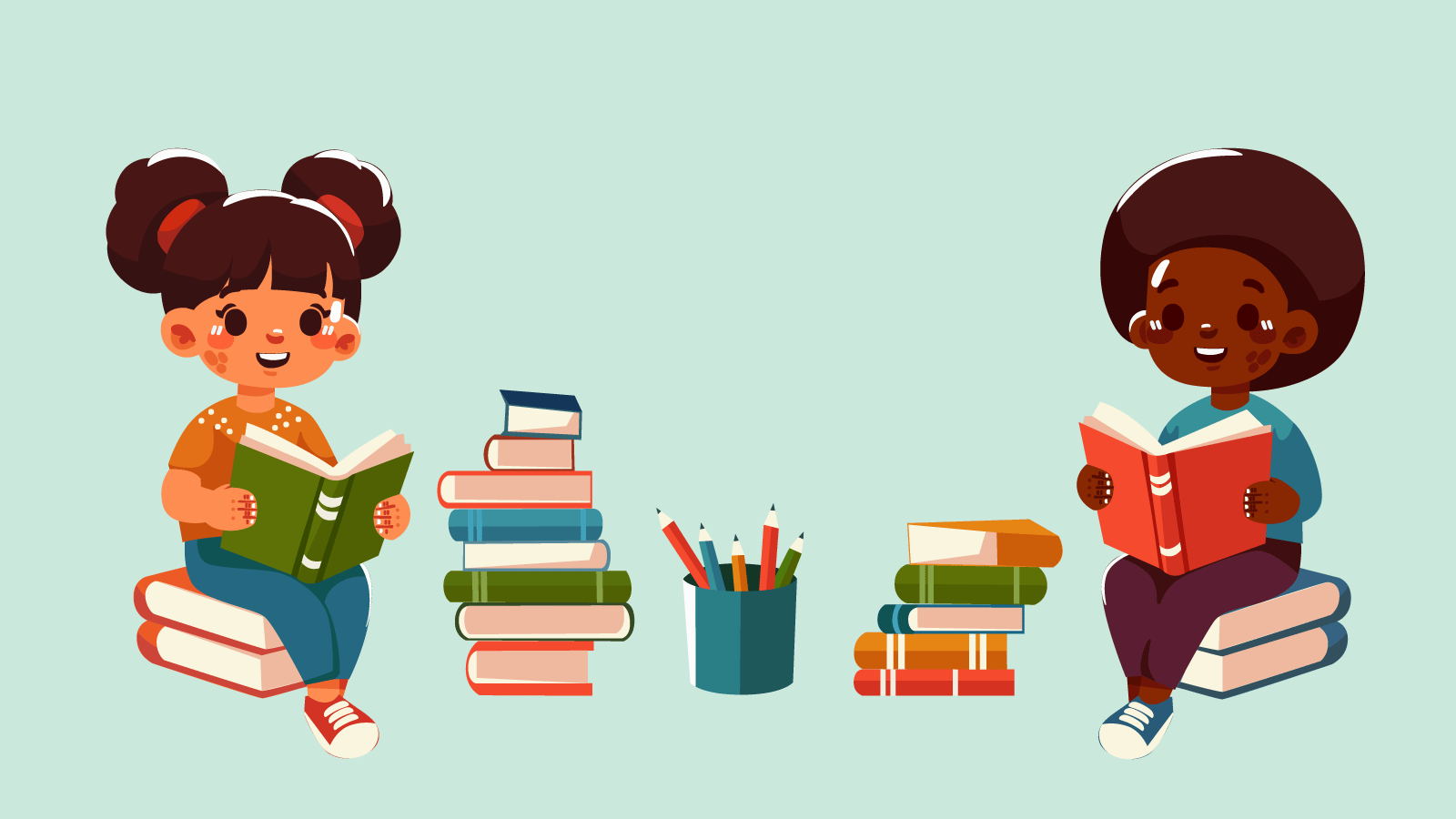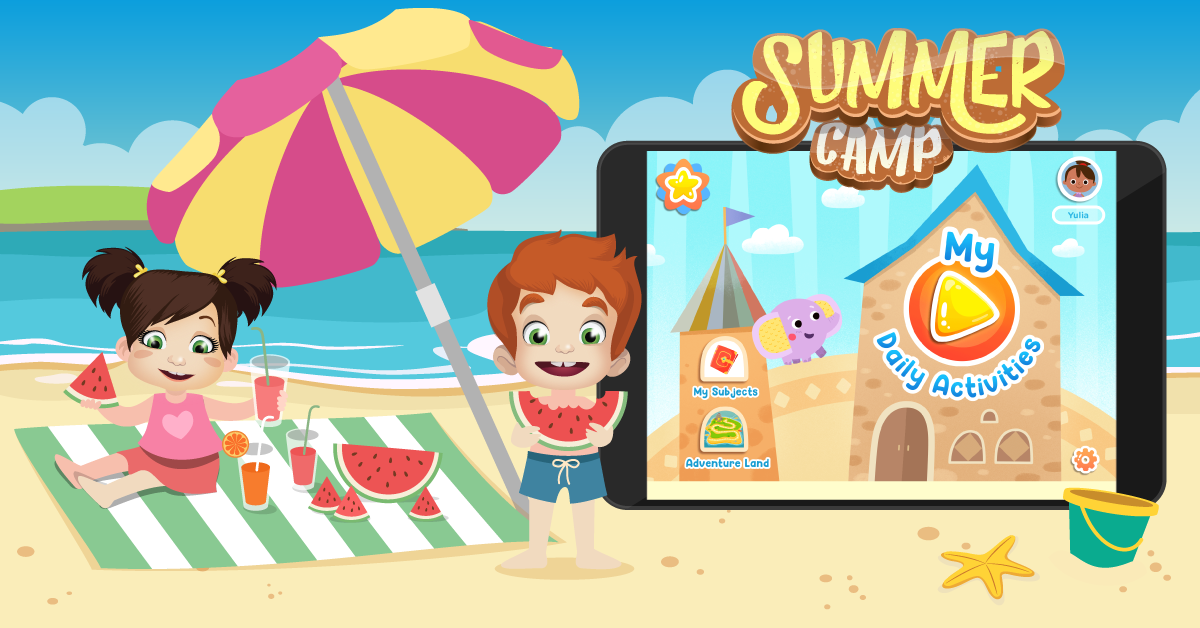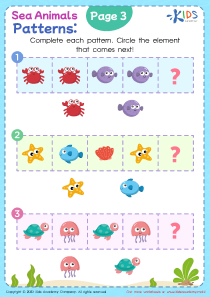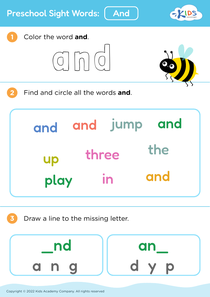Story sequencing Preschool Reading Comprehension Worksheets
8 filtered results
-
From - To
Enhance your child's reading skills with our Story Sequencing Preschool Reading Comprehension Worksheets. Designed for early learners, these engaging and educational printable worksheets help preschoolers grasp the concept of sequencing by arranging parts of a story in the correct order. Through colorful visuals and simple narratives, children develop their comprehension abilities while having fun. Ideal for at-home practice or classroom activities, our worksheets promote critical thinking and support literacy development. Accessible and easy to use, they encourage young ones to explore storytelling and master the foundational skills of reading comprehension. Get started today to build a strong literary foundation!
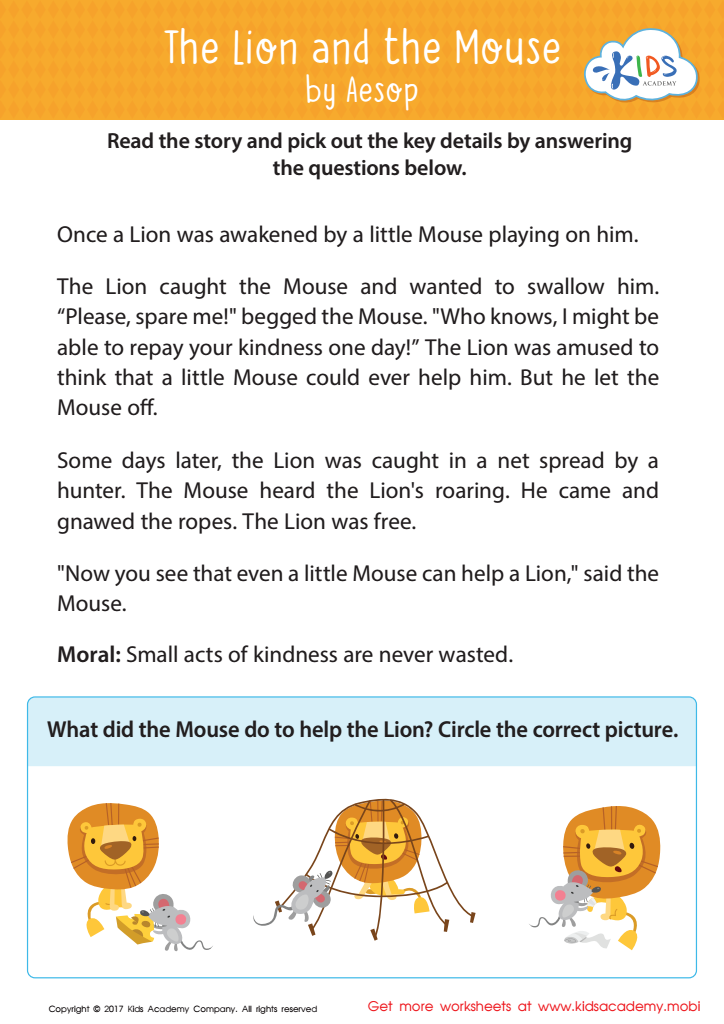

The Lion and The Mouse Sequencing Worksheet
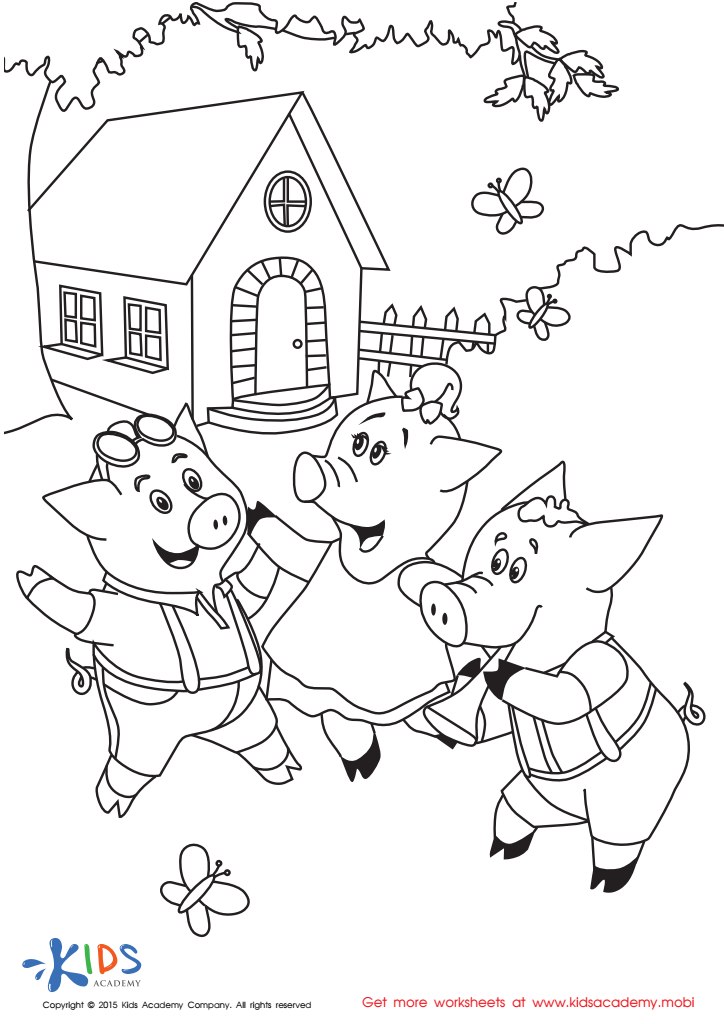

Folktales Printable PDF Worksheet: The 3 Little Pigs
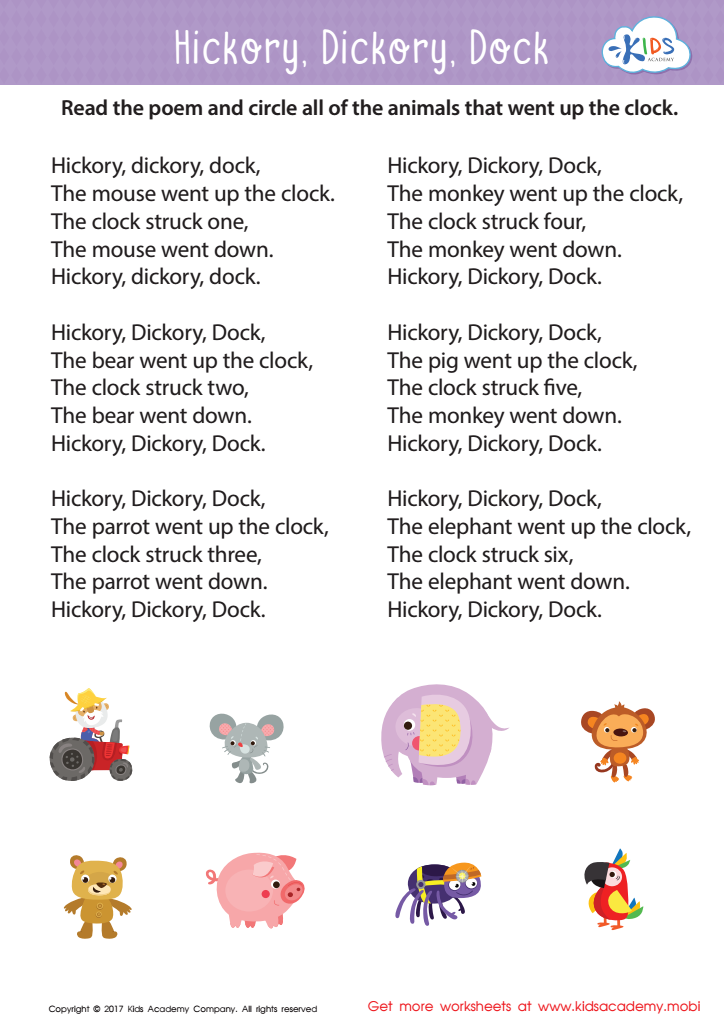

Hickory Dickory Dock Sequencing Worksheet
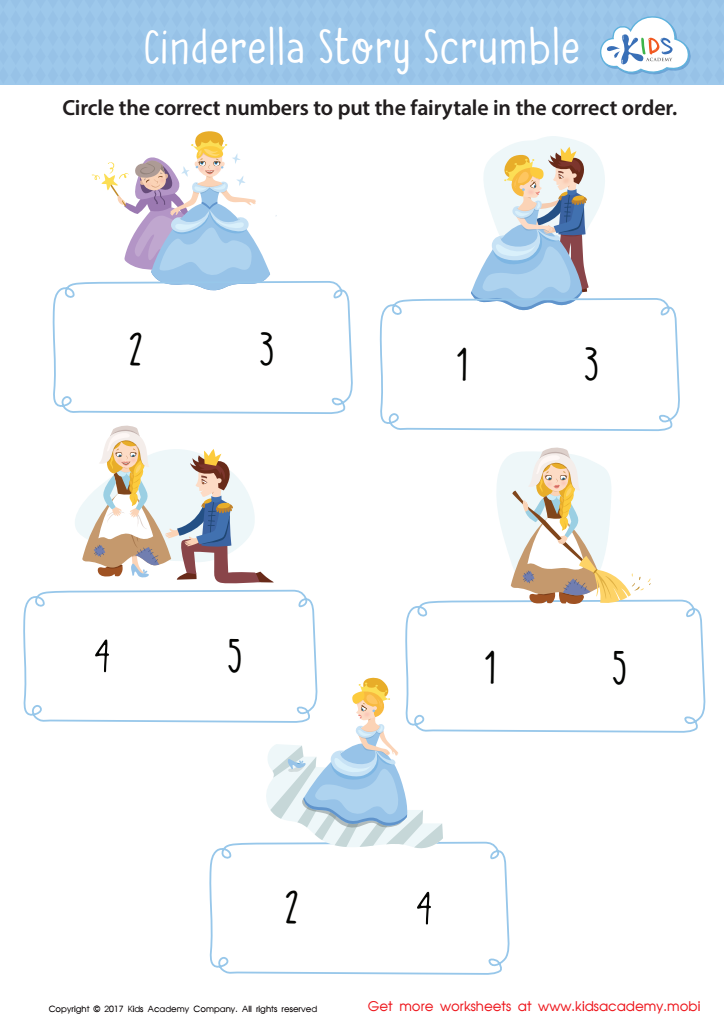

Cinderella Story Sequencing Worksheet
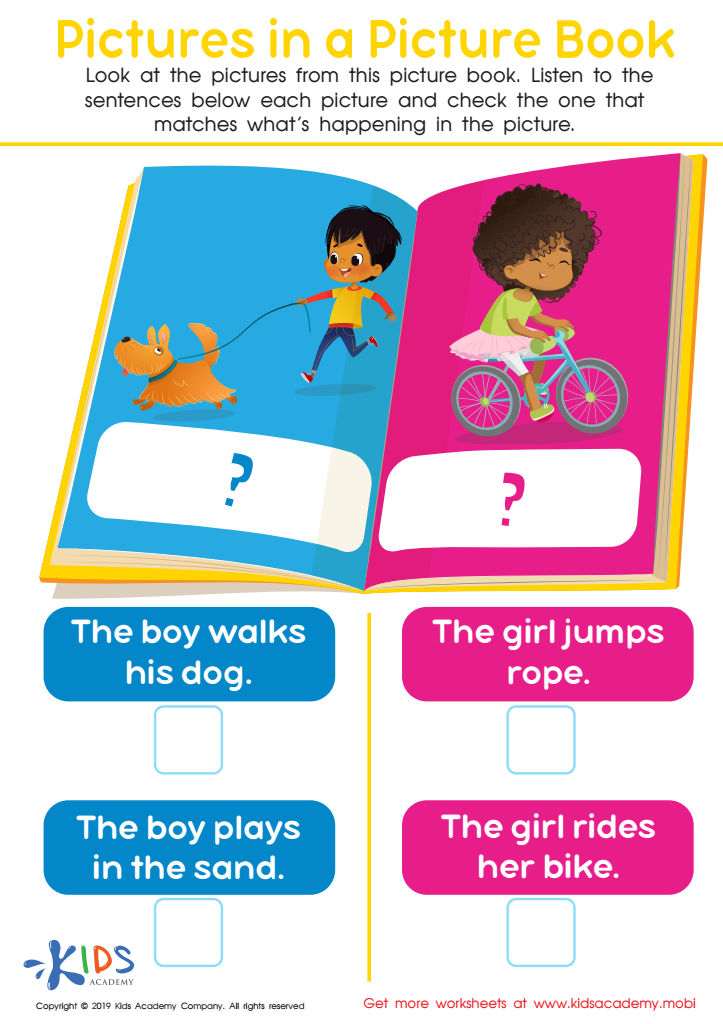

Picture in Books Worksheet
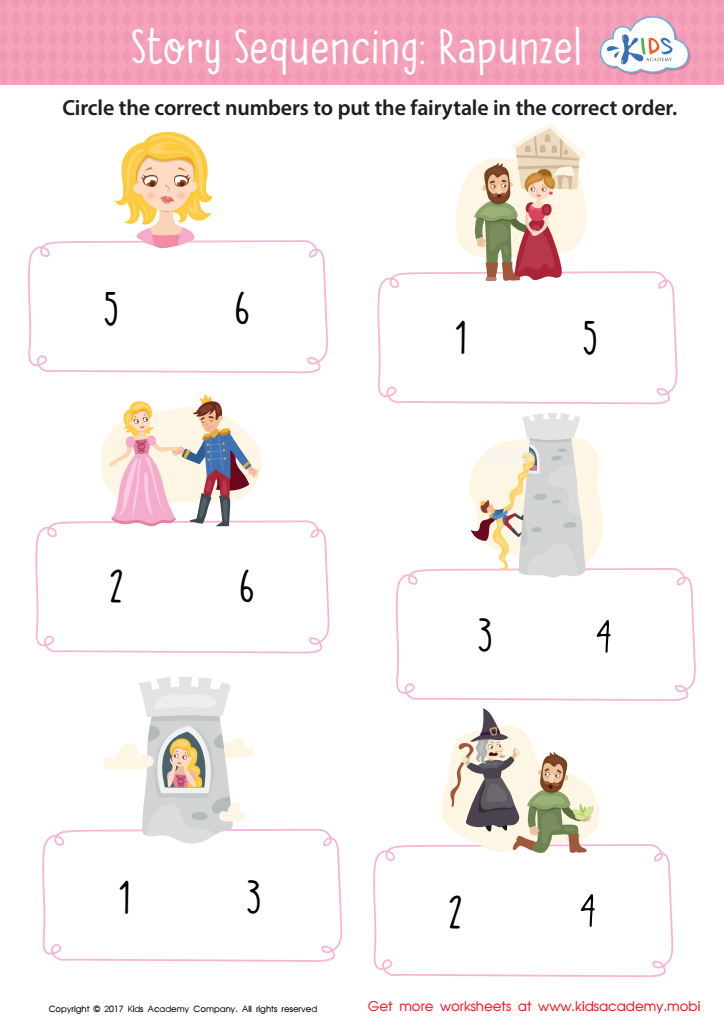

Rapunzel Story Sequencing Worksheet
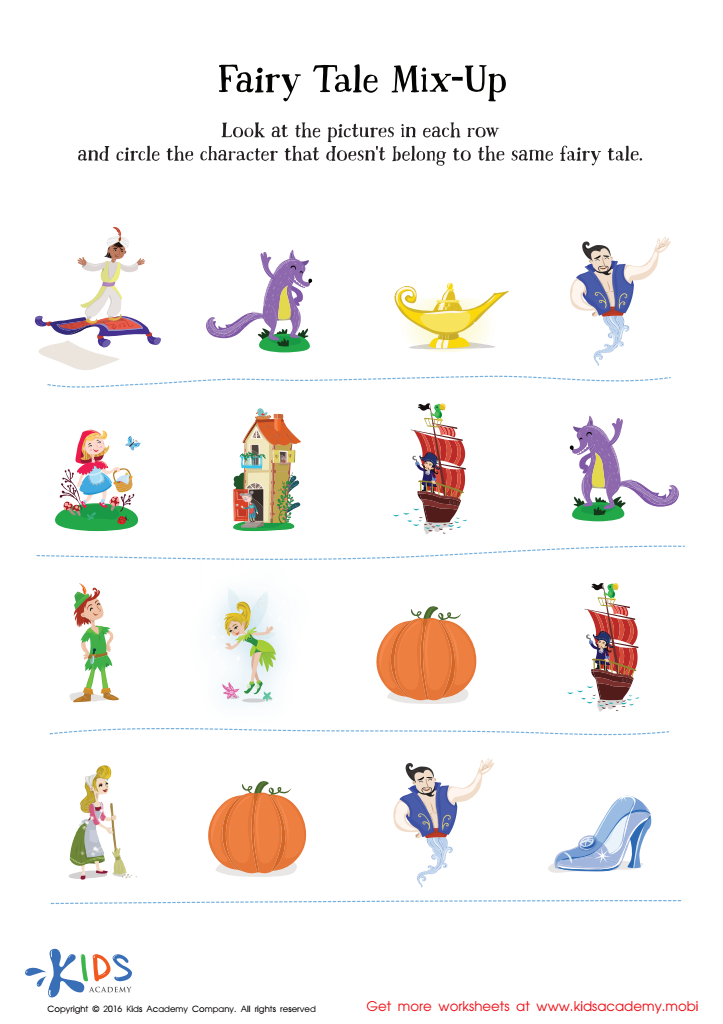

Fairy Tale Worksheet: Story Mix Up
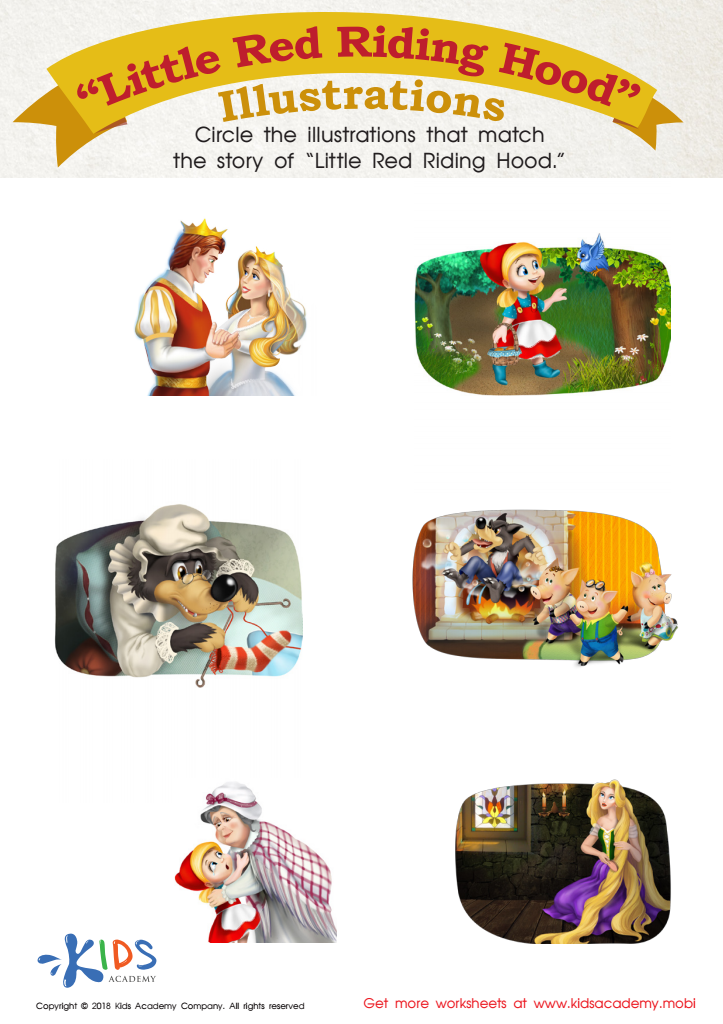

Little Red Riding Hood: Illustrations Worksheet
Story sequencing in preschool reading comprehension is crucial as it lays the foundation for numerous essential cognitive and language skills. For parents and teachers, nurturing these skills ensures children’s overall development and future success in literacy and learning.
Firstly, story sequencing enhances comprehension. When children learn to identify the beginning, middle, and end of a story, they grasp how narratives are structured, improving their ability to understand and retell stories accurately. This, in turn, boosts critical thinking skills as they learn to discern cause-and-effect relationships and infer meanings.
Additionally, sequencing activities foster memory retention. Reciting stories in sequence necessitates remembering details and the order of events, enhancing both short-term and long-term memory.
For social and emotional development, understanding stories helps children grasp social cues and emotions. Recognizing characters’ actions and motives fosters empathy and insight into human behavior, fundamental attributes for building relationships.
Story sequencing also promotes problem-solving skills. Predicting what happens next and resolving narrative conflicts encourages analytical thinking.
Early engagement in these activities develops vocabulary and language acquisition. As children interact with stories, they’re exposed to new words, phrases, and linguistic structures, which enriches their expressive and receptive language abilities.
Ultimately, parents and teachers should emphasize story sequencing in preschool because it cultivates a strong foundation for lifelong learning, cognitive development, social understanding, and effective communication.
 Assign to My Students
Assign to My Students



